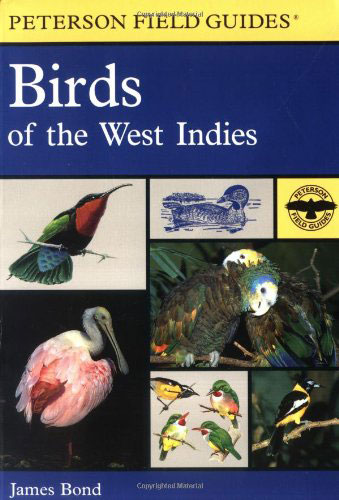
HALFWAY up a mountain on a remote stretch of Jamaican coast – far from the round-the-clock daiquiris of Montego Bay’s all-inclusive resorts – I’m on a 007-style mission with a twist. I’m going birdwatching.
For James Bond, as Ian Fleming created him, this might have meant posing in a casino with a Martini – not a daiquiri, of course – raising an eyebrow to attract a Pussy Galore or a Kissy Suzuki. But I have a pair of binoculars, my shirt is soaked (the humidity is intense), flies are nipping at my ankles and I’m surrounded by thick jungle.
A tiny yellow bird, a bananaquit, flashes by. A white-crowned pigeon lands on the path ahead, then strolls forward as though it has joined us for a walk. A red-billed streamertail hummingbird buzzes above.
I consult Field Guide to Birds of the West Indies, first published in 1947. This excellent book has long been the bible for twitchers in the Caribbean, but its author has achieved fame of another kind that has nothing to do with knowing your yellow-throated vireo from your white-tailed nightjar.
James Bond was an American ornithologist based at the Academy of Natural Sciences of Philadelphia. When Ian Fleming, himself a keen birdwatcher, sat down in February 1952 to write his first Bond novel, Casino Royale, the story goes that he glanced at a bookshelf, saw Bond’s guide and took a liking to the name.
“That’s definitely how it happened,” says Carolyn Turland, one of the guides from Reliable Adventures Jamaica, which offers rainforest walks on Bluefields mountain in the southwest of Jamaica. Fleming wrote his 14 Bond adventures at his villa, Goldeneye, on the north coast.
“He phoned James Bond and he asked him if he minded having his name used. Bond said: ‘Fine by me.’ My aunt knew Fleming. She lived by Goldeneye. My uncle sold him the land. We used to go swimming on the beach by the villa when we were kids. Fleming was only there in the winter; we would go when he was away.”
This tale, Turland says, was well known locally, and it fits in with Fleming’s own explanation of the name. He later met the ornithologist and introduced him to the people he was with at the time as “the real James Bond”.
Whether or not he was joking, taking Bond’s book to Jamaica is a useful way to see another side of a Caribbean island that is often written off for its gawdy hotels and high crime rate (mainly confined to tough parts of Kingston, the capital).
As we climb slowly up a hot and humid path, birds of all varieties flutter past, some darting into the emerald-green undergrowth. We peer into the foliage with our binoculars to catch glimpses of their bright plumage.
Jamaica has about 300 species of birds, including 22 that are endemic, Turland and her husband, Vaughan, tell me. Both are dressed sensibly in khaki (my white shirt, they say, might scare off birds) and are wearing trousers and boots, which keep away the flies (I’m in sandals).
We spot a worm-eating warbler with distinctive white markings on its head. A peregrine falcon soars above a clearing full of scarlet butterflies. A rufous-tailed flycatcher hops on to the branch of a mango tree.
It’s a wonderfully peaceful place.
Vaughan is a big fan of James Bond, the ornithologist, who first visited the Caribbean in the 1920s. “He was a real treasure,” he says warmly. “He was light years ahead of his time. His guidebook is just a magic book for the whole Caribbean. There have been a lot of books since then – with more colour plates and more technology used – but I don’t think you can beat it.”
We are accompanied by two local guides, Veda Tate and Deceita Turner-Grant, who are employed by Reliable Adventures Jamaica, which began in 2003 aiming to promote eco-tourism and to provide local jobs. After taking in a long lime-green lizard that Veda describes as a “green guana; it eats insects”, she points dramatically at a treetop.
“A patoo!” she exclaims. “A what?” I ask, looking upwards at what appears to be a branch. “A patoo! There!” And then I see it: a giant owl with an enormous mouth that looks like the face of the Joker from the Batman films. “He’s moving. Oh my God, he’s opened his eyes! I’ve seen the patoo’s eyes for the first time!”
The owl is nocturnal, hence the rarity of seeing it awake.
Veda’s enthusiasm is infectious. “I love birds, just love them,” she says. “When I’m in church, sometimes a bird will fly in through the windows, a bananaquit maybe. I will look at it and forget everything, not pay any attention to the sermon.”
Deep in the jungle, we spot a Jamaican tody, a tiny green and white bird with a red circle under its bill. Another hummingbird buzzes above. Everywhere we look there seems to be birdlife: we end up seeing 30 species in half a day.
We go for lunch down the mountain at the Ocean Edge restaurant, a basic wooden structure with a corrugated roof and adverts for “overproof rum”. No vodka martinis on the menu (shaken or stirred).
Two magnificent frigatebirds with 3ft wingspans sail in the thermals above the Caribbean sea. Vaughan says: “They’re real devils. They frighten the seagulls and steal their food.”
Then he discusses eco-tourism in Jamaica and the country’s “image problem”. His mood turns serious: “Everyone talks about crime and Rastas and all that when they mention Jamaica. It’s so frustrating. You watch a TV programme and everyone’s smoking ganga. But that’s not representative of Jamaica. There’s a whole lot more to the country than that.”
After a day on the Bluefields mountain playing the part of the “real James Bond” on the island where Bond came into being… I can agree with that.
Quantum of Solace, the new James Bond film, is released on October 31.
Need to know
Getting there Virgin Atlantic (0870 5747747, www.virginatlantic.com) has return flights to Montego Bay from £672.
Stay Island Outpost (www.island outpost.com) offers rooms at Jake’s hotel, near Bluefields mountain, from £60. The company also has a week-long stay in Jamaica with two nights at Jake’s, two at Strawberry Hill in the Blue Mountains, two at Gee Jam on the northeast coast and a night at the Goldeneye estate, all inclusive, costing £687pp. A night in the villa in which Ian Fleming wrote Goldeneye costs from £1,618 for six, with meals and private beach.
Birdwatching Reliable Adventures Jamaica (www.jamaicabirding.com) offers half-day, five-hour birding tours from £45, lunch included. Hotel transfers can be arranged: one hour from Montego Bay and Negril.
The name is Bond
In Die Another Day Pierce Brosnan disguises himself as an ornithologist and carries a copy of Field Guide to Birds of the West Indies in one scene. Latest editions of the guide by ornithologist James Bond are available on www.amazon.co.uk.
The films Dr No and Live and Let Die included scenes shot in Jamaica. Ursula Andress famously emerged from the water on the beach of Laughing Water in Dr No.
For Your Eyes Only: Ian Fleming and James Bond, by Ben Macintyre (Bloomsbury, £20).
On the Tracks of 007 by Martijn Mulder and Dirk Kloosterboer (£20, www.onthetracksof007.com)
The Imperial War Museum (www.iwm.org.uk) is holding a major exhibition on Ian Fleming and James Bond until the end of February, admission £8.
Lastminute.com is offering “Spy Academy” day courses from £39.50 in Hertfordshire and Buckinghamshire, with instruction on using hidden cameras, shooting and “axe throwing”.
First published in The Times, October 25 2008
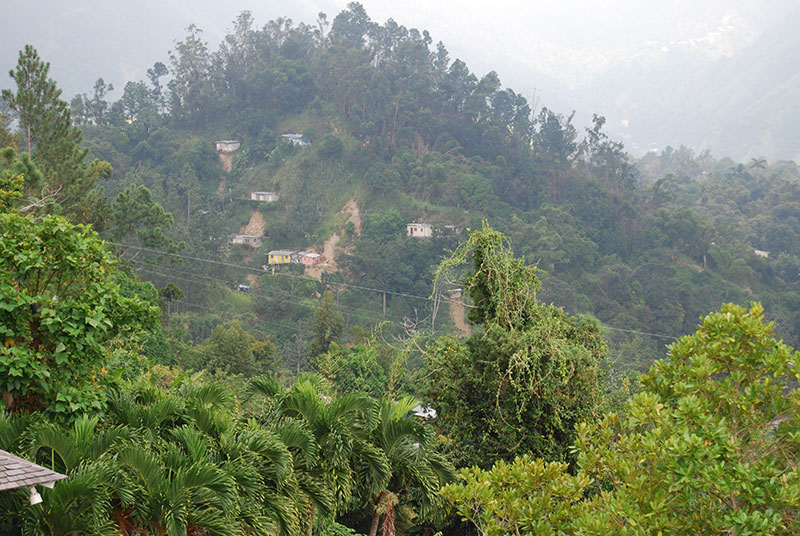
View from Strawberry Hill
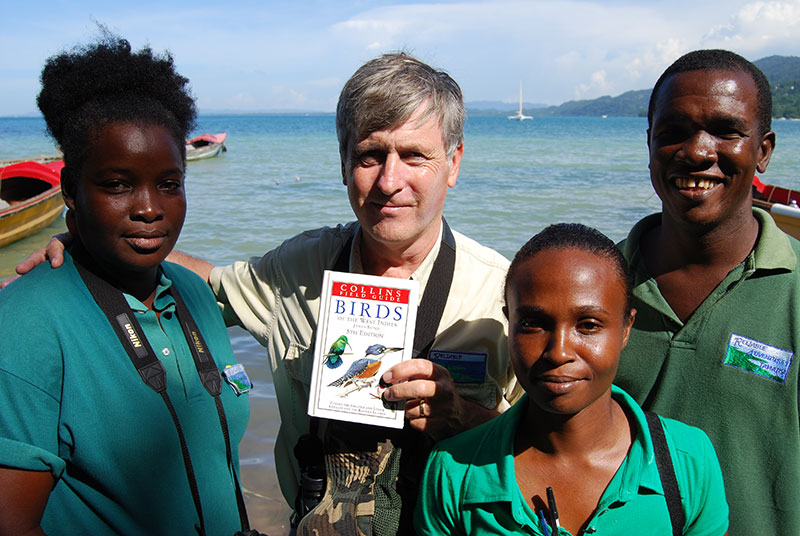
Guides on birdwatching tour
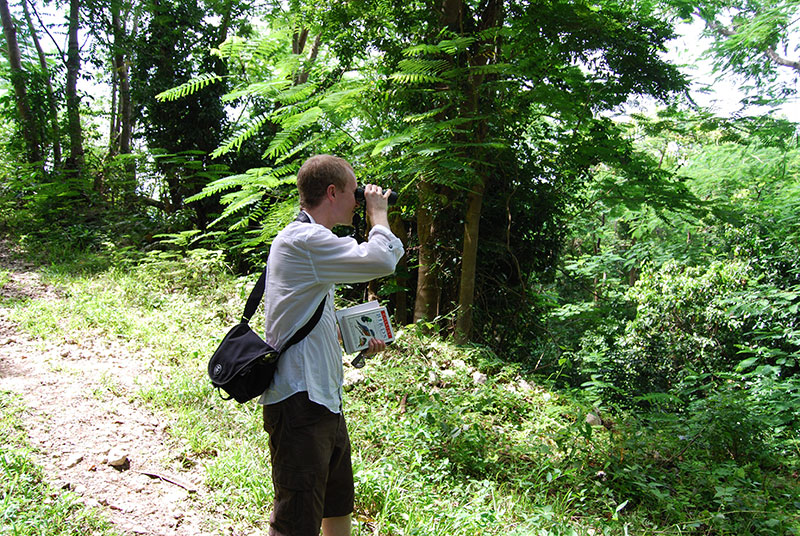
Birdwatching with Bond’s book
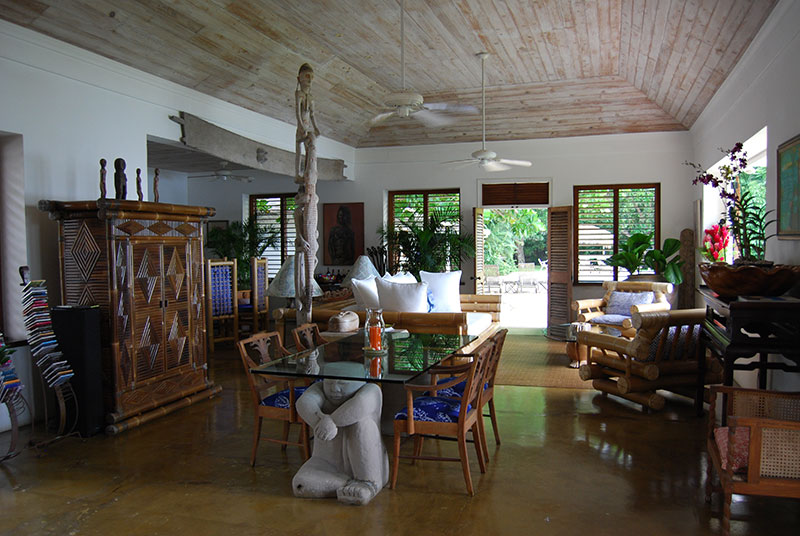
Inside Goldeneye
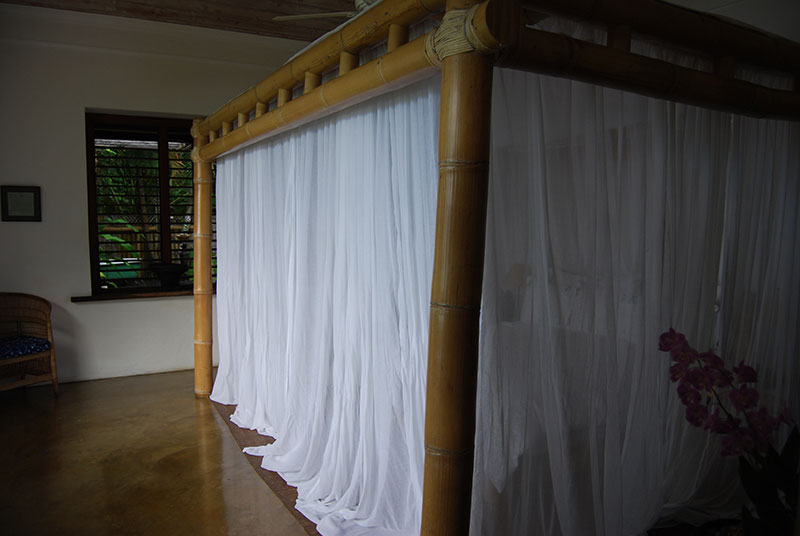
Bedroom at Goldeneye
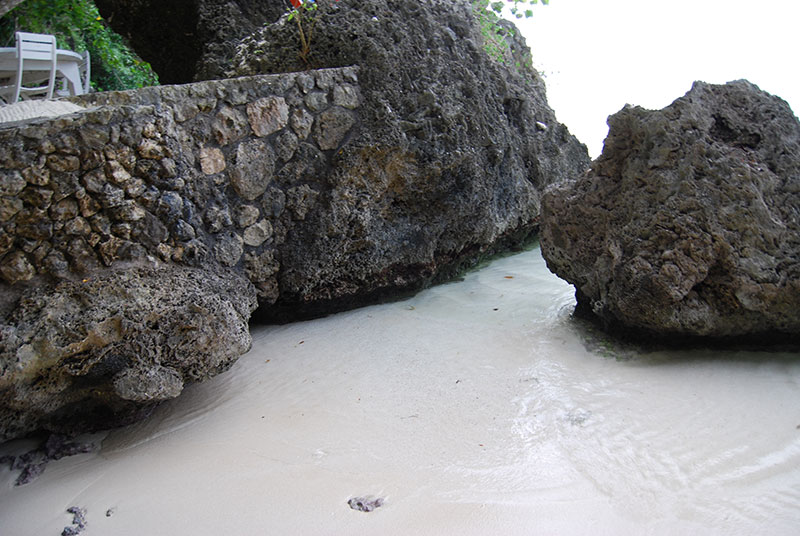
Private beach at Goldeneye
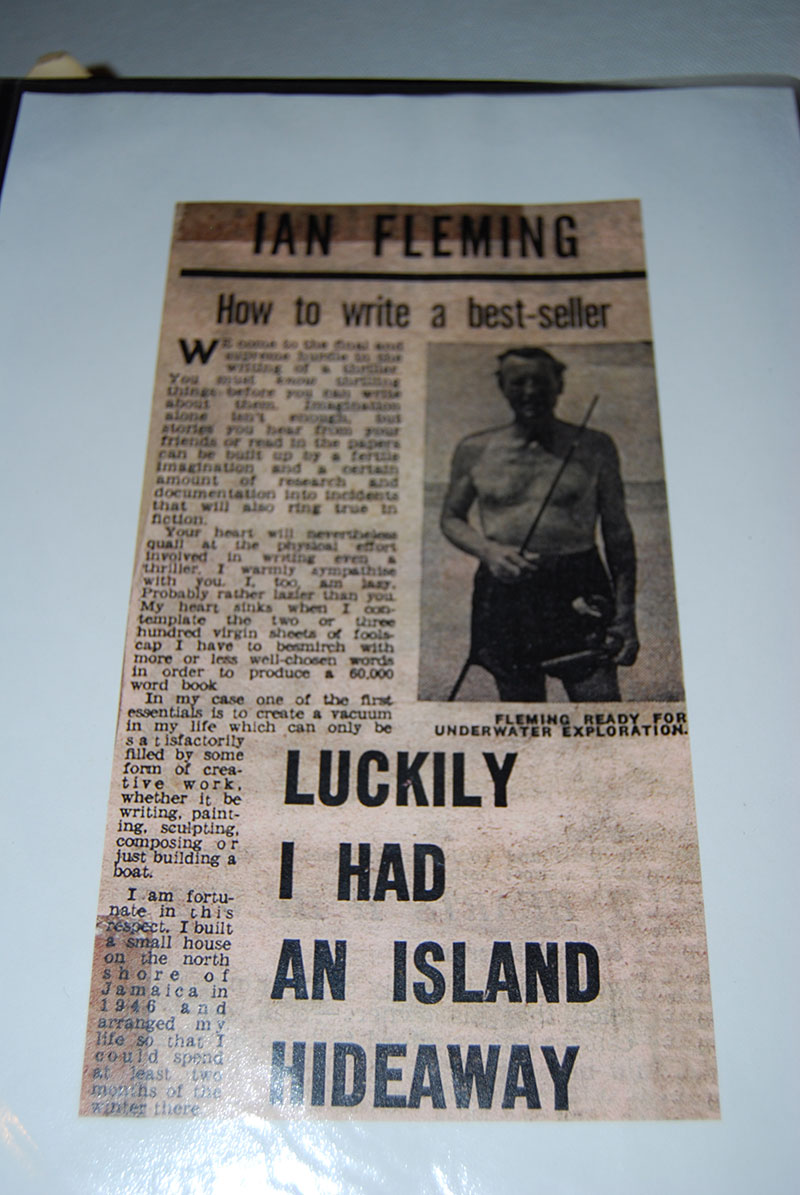
Cutting in scrapbook at Goldeneye
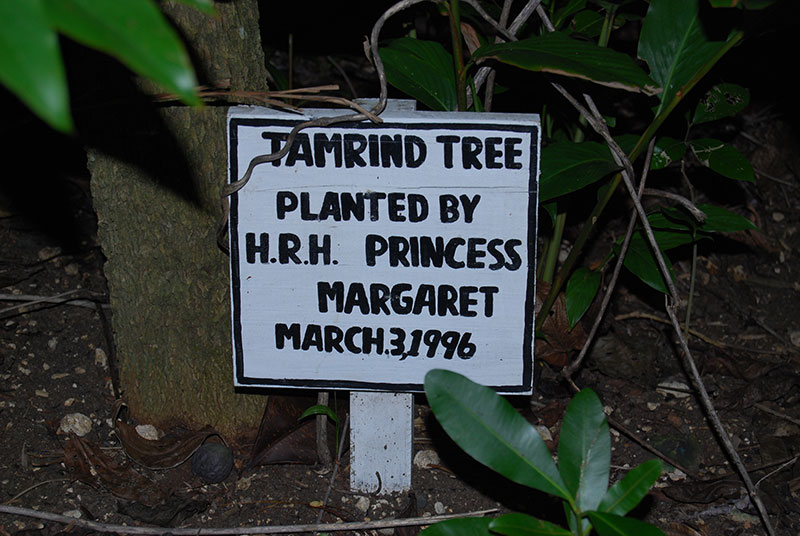
Within the grounds of Goldeneye
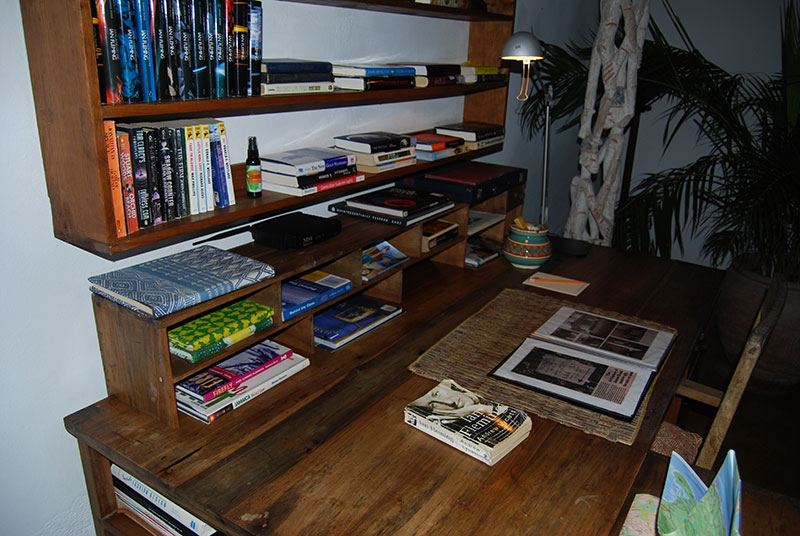
Desk at Goldeneye
